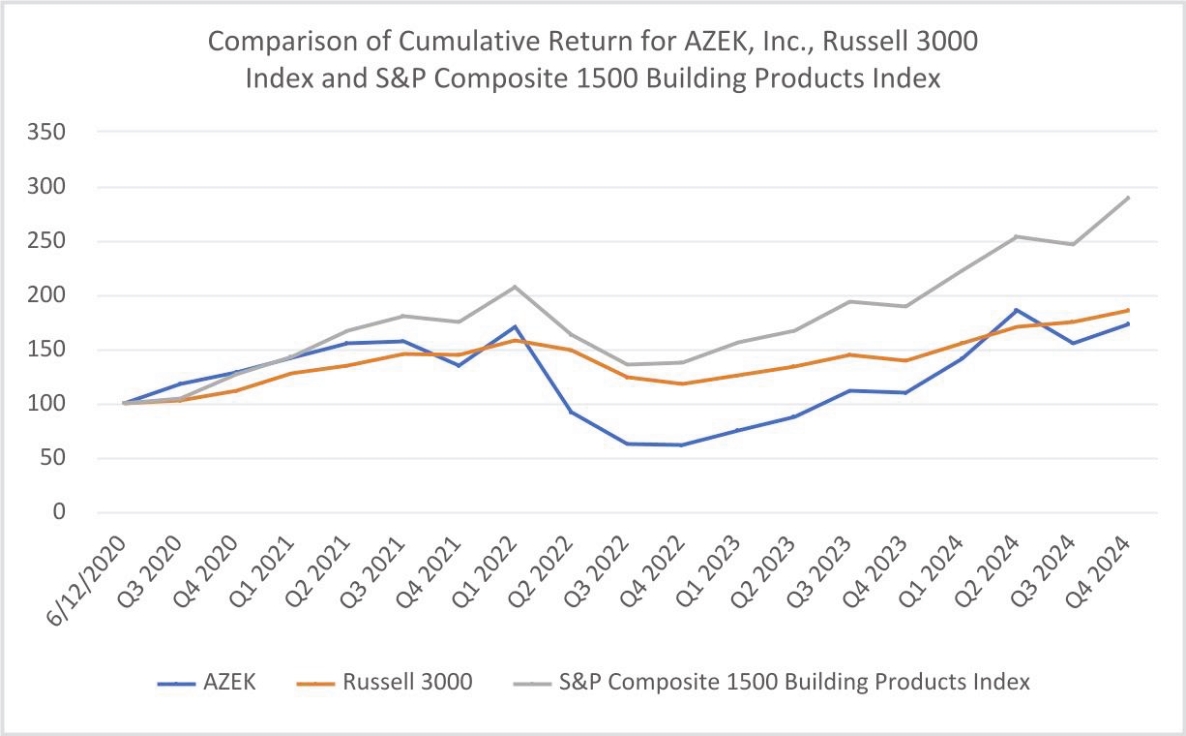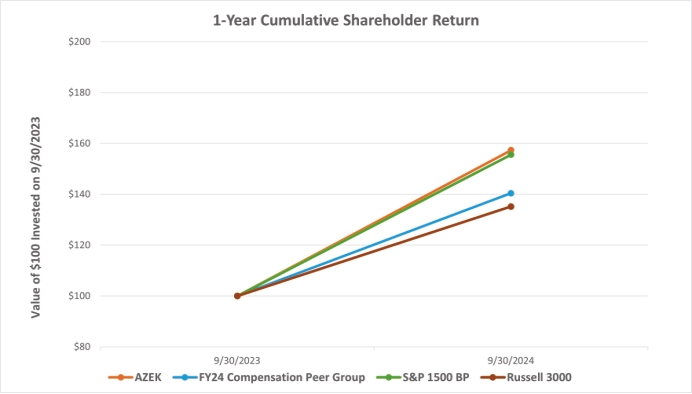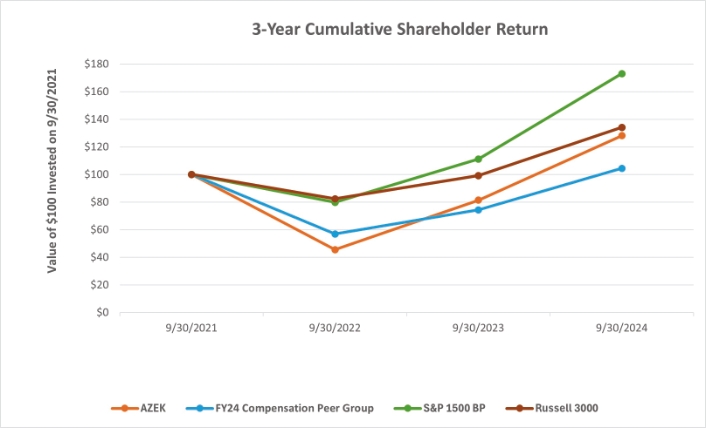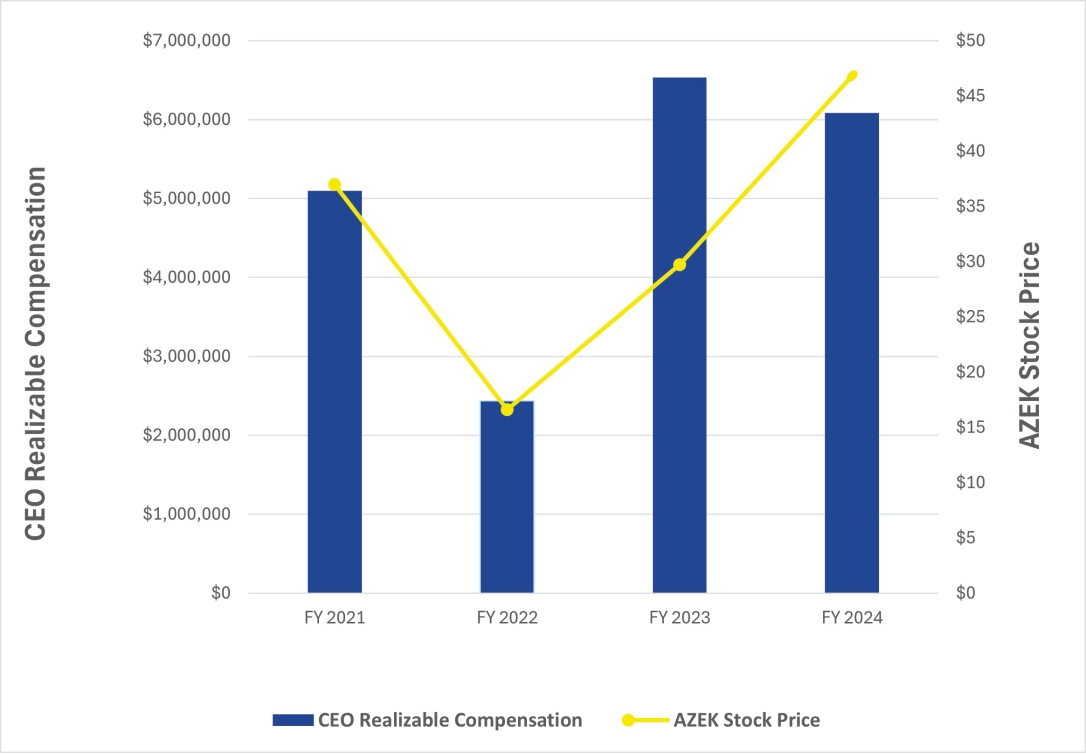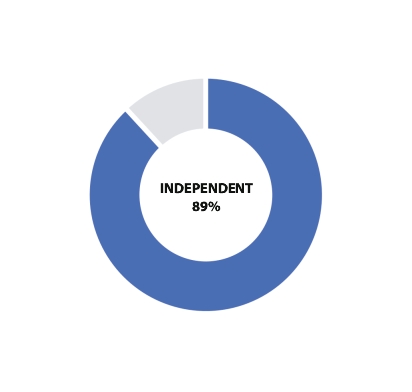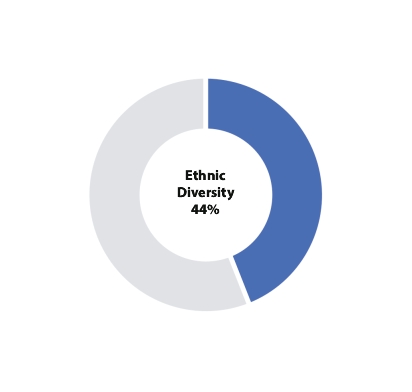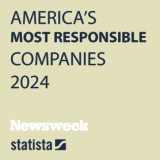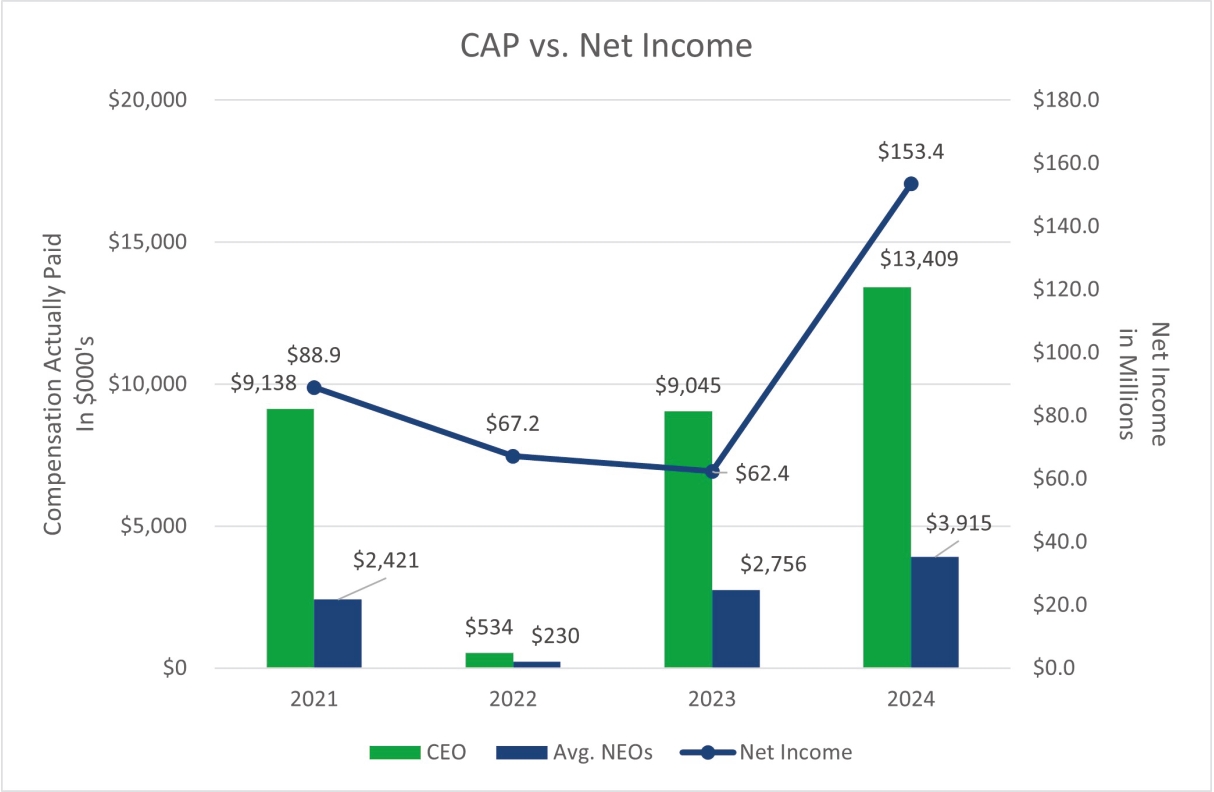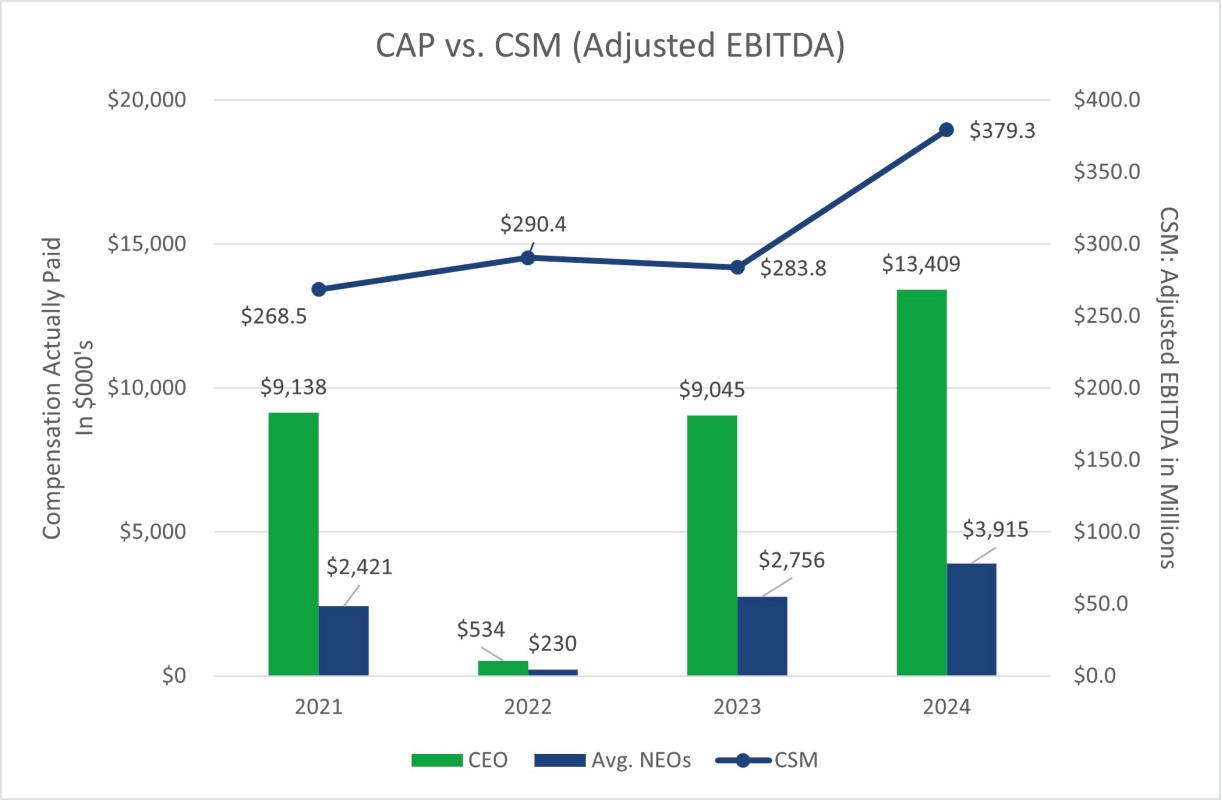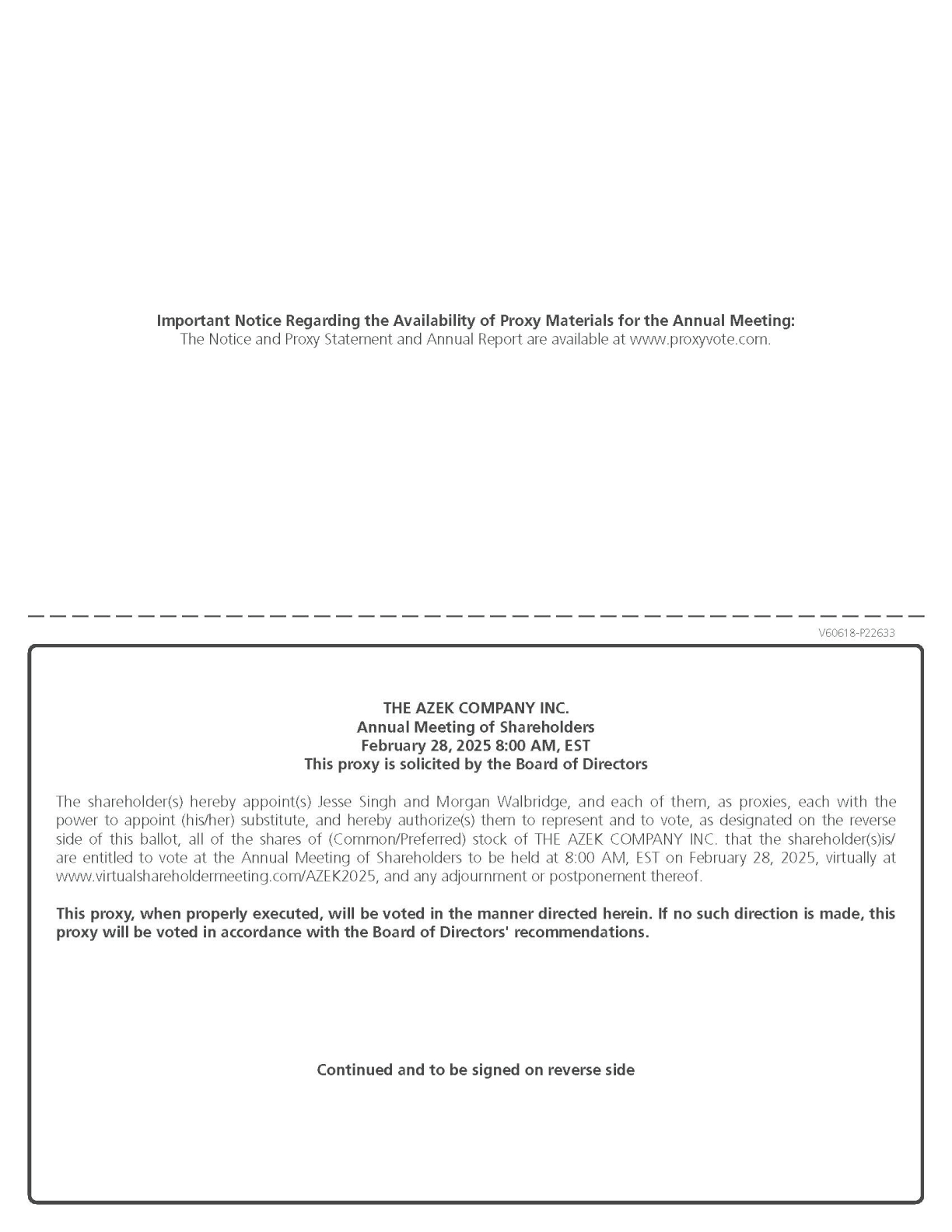to protect a Person against fluctuations in interest rates, currency exchange rates or commodity prices, (iv) any finance lease obligations, (v) any direct or contingent obligations under letters of credit, bankers’ acceptances, bank guarantees, surety bonds and similar instruments, each to the extent drawn upon and paid, (vi) any obligation to pay the deferred purchase price of property or services (other than trade accounts payable in the ordinary course of business) and (vii) guarantees in respect of clauses (i) through (vi), including guarantees of another Person’s Indebtedness or any obligation of another Person which is secured by assets of the Company or any of its Subsidiaries or Parent or any of its Subsidiaries, as applicable.
“Intellectual Property” shall mean any intellectual property rights throughout the world, including (i) trade names, trademarks, brand names and service marks, certification marks, logos, symbols, trade dress and similar rights (in each case, whether registered or unregistered), and all registrations and applications to register any of the foregoing (“Trademarks”), (ii) patents and patent applications, statutory invention registrations, including divisionals, revisions, supplementary protection certificates, continuations, continuations-in-part, renewals, extensions, substitutes, re-issues and re-examinations (“Patents”), (iii) copyrights (whether registered or unregistered) and any equivalent rights in published and unpublished works of authorship regardless of the medium, and all registrations and applications for registration applications for registration of the foregoing, (iv) internet domain names (“Domain Names”), (v) confidential and proprietary information, including trade secrets and know-how (“Trade Secrets”) and (vi) rights in computer programs, software, website and mobile content (whether in source code, object code, or other form), algorithms, databases, compilations and data, technology supporting the foregoing, and all documentation, including user manuals and training materials, related to any of the foregoing (collectively, “Software”).
“Intervening Event” shall mean a material event or circumstance that was not known to the Company Board on the date of this Agreement (or if known, the consequences of which were not known to the Company Board as of the date of this Agreement), which event or circumstance, or any consequence thereof, becomes known to the Company Board prior to the Company Stockholder Approval; provided that in no event shall any inquiry, offer or proposal that constitutes or would reasonably be expected to lead to an Acquisition Proposal constitute an Intervening Event.
“IRS” shall mean the United States Internal Revenue Service.
“IT Assets” shall mean computers, computer systems, firmware, middleware, servers, workstations, routers, hubs, switches, data communications lines, circuits and all other information technology equipment or systems (including any outsourced systems and processes).
“Knowledge” shall mean the actual knowledge of the officers and employees of the Company set forth on Appendix A(2) of the Company Disclosure Letter, or the officers and employees of Parent set forth on Appendix A of the Parent Disclosure Letter, as applicable, in each case after reasonable inquiry by each such person.
“Labor Agreement” shall mean (i) any collective bargaining agreement or (ii) any other labor-related agreement, arrangement or understanding (other than agreements, arrangements or understandings the terms of which are set forth by applicable Law) that restricts the movement of work (other than as provided by applicable Law) or has a material financial impact on the applicable business unit or units subject to such agreement, arrangement or understanding, in each case, with a labor or trade union, or labor organization or works council that is recognized by the Company or any of its Subsidiaries.
“Law” shall mean any United States, non-United States, state, municipal, local, national, supranational or non-United States statute or law (whether statutory or common law), constitution, code, ordinance, rule, regulation, order, writ, judgment, decree, binding directive (including those of any applicable self-regulatory organization), arbitration award, agency requirement or any other enforceable requirement of any Governmental Authority.
“Lien” shall mean liens, claims, mortgages, encumbrances, pledges, security interests, easements, options, hypothecations, conditional sales agreements, adverse claims of ownership or use, title defects, right of way or charges of any kind.
“Material Adverse Effect” shall mean, with respect to Parent or the Company, any event, circumstance, occurrence, effect, fact, development or change that, individually or in the aggregate, has a material adverse





